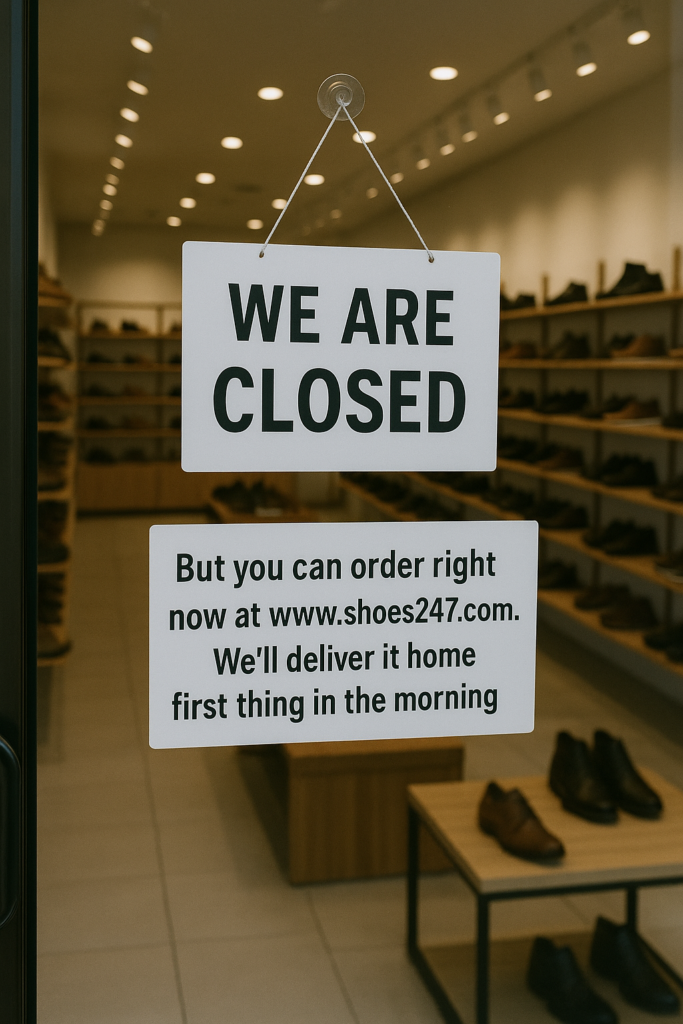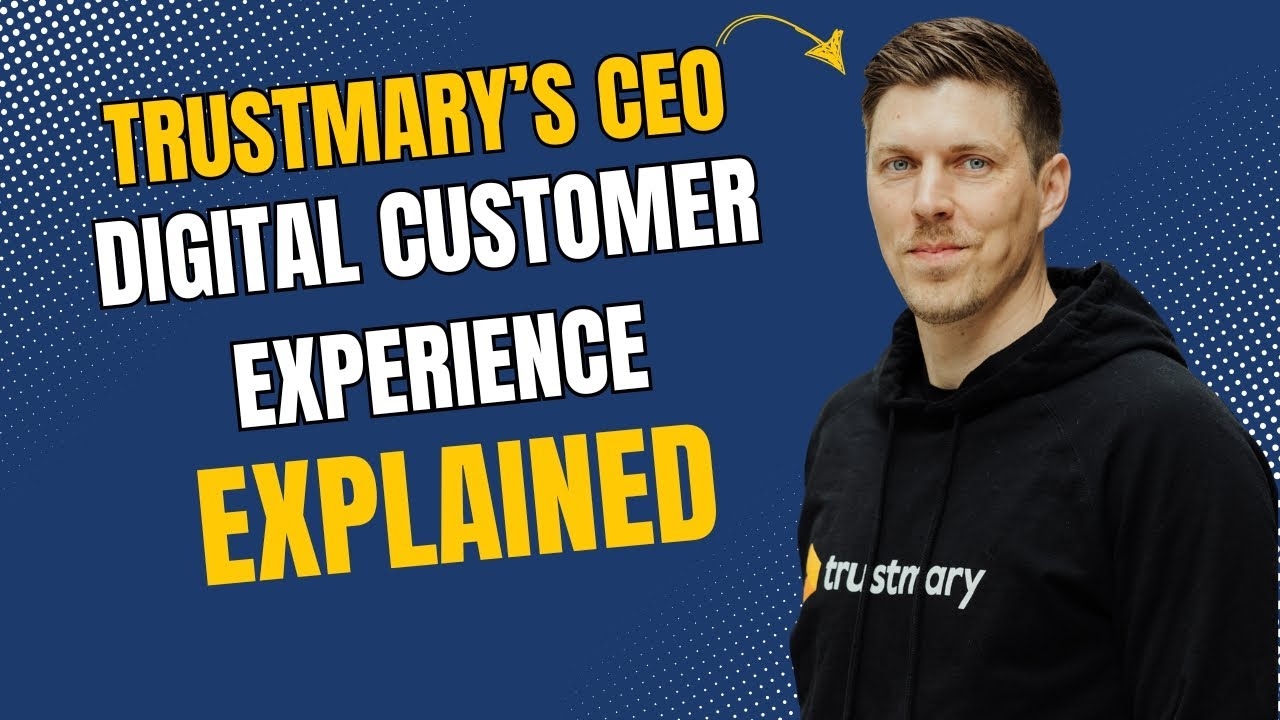Customer Support Vs. Customer Experience - How Are They Related

Imagine this - Rita walks into a store to buy some new clothes. To her surprise, she finds that the clothes are everywhere and it is so difficult to pick one that she likes or fits her size.
Rita complains about this to the manager, and the old lady apologizes profusely. Further, she steps in immediately and picks a handful of clothes from the mess that are not only amazing, but fit Rita like a glove. She loves them so much that decides to buy all of it.
Rita checks out from the store and leaves this review on their Google Business page:
“Poor customer experience, but splendid customer support”.
Customer Support and Customer Experience may often seem like they are referring to the same thing. But as Rita’s example here shows - not only are they different, it is entirely possible that an organization may have great customer support, and poor CX - or vice versa.
What are Customer Support and Customer Experience exactly?
Customer Support is an organizational function that helps customers resolve their issues before or after a sale. On the other hand, Customer Experience is the cumulative perception that a buyer has of a business based on their interactions.
It is fair to say that customer support is one part of the overall customer experience. However, there is a key difference between customer support and customer experience.
Customer support is generally reactive, which is not always a good thing. It is what a business does once the customer raises a query or a complaint.
In contrast, customer experience is proactive. It is all the different things that a business does in order to make sure that its customers have a smooth and happy experience.
Relevance in business
Any business exists to satisfy a customer’s needs. It goes without saying then that customer experience is fundamental to an organization’s existence. As a subset of the overall CX strategy, good customer support is quintessential to the well-being of a business.
Good customer support and experience can drive the growth of a business in several ways.
Higher retention and loyalty
Happy customers tend to stay longer in business. This also means that someone who is upset with your business tends to quit.
When you create an experience that is smooth and ‘just works’, you build a base of customers who swear by you. They are not going to be swayed by lucrative discounts or promises made by the competition.
And this is only achievable when you deliver exceptional support and experience.
Sets your brand apart
Good CX is not only vital to increase those conversions; It’s quite literally a moat that sets your brand apart from others.
Several billion-dollar businesses have established themselves successfully on the basis of delivering outstanding support and experience.
Amazon, Zappos (that later got acquired by Amazon), Netflix, and Apple are some examples of businesses that have a sticky customer base solely because of the experience they deliver.
Happy ecosystem
Let’s face it - dealing with angry customers is not something anyone likes to do. A business with a solid CX strategy in place keeps customers happy. This establishes a happier workplace, contributes to more word of mouth referrals, ultimately leading to better revenues.
It’s just a happier ecosystem overall.
Establishes trust
Customer Support has a direct bearing on the customer’s experience.
As I mentioned earlier, CS is indeed a subset of CX. An honest and timely support experience builds trust and reduces the friction that customers experience while shopping.
Pre-sales support is a big driver of conversions, and they provide customers with an early glimpse into whether your business is trustworthy or not.
Tracking the performance of your Customer Support and Customer Experience strategies
While CX metrics track the overall seamlessness of customer interactions across the entire lifecycle, customer support is limited to the resolution of specific queries or complaints.
As such, the way we track the performance of these strategies varies. The effectiveness of your customer support is measured through incident-specific metrics like First Call Resolution (FCS), Average Handling Time (AHT), and Agent Performance Score.
These ratings communicate how effective customer service agents have been with regards to resolving customer complaints successfully.
Tracking customer experience can be a little trickier. For beginners, metrics like Net Promoter Score (NPS), Customer Satisfaction Score (CSAT), and Customer Effort Score (CES) are helpful.
However, these metrics do not always reveal the complete picture of customer experience.
Sometimes, a business may seek the customer’s NPS ratings early on in their journey when they are still a happy buyer. However, frustrations that come up later on (perhaps during renewal or issue resolution) may not be captured effectively.
When this happens, you may notice that NPS scores may be great despite a high churn rate. For this reason, customer surveys and reviews play an important role in tracking CX performance.
This is where Trustmary can be extremely useful. With Trustmary, it is pretty straightforward to capture customer reviews and feedback. It is a good idea to seek feedback across different steps of the customer’s journey and compare these ratings.
Impact of customer feedback on CS and CX
Timely feedback from customers can help businesses glean a lot of information about their processes. This can help them fix troubles before they blow over.
There are a lot of reasons why you should do it.
Identify pain points
No amount of product testing can help identify all the different scenarios and use cases for your product. Knowing what your business pain points are from in customer’s own words is invaluable.
Seemingly minor pain points (for example: open hours at a retail store) could cause a great deal of frustration to customers who want to get something urgently.
For instance, if you own a shoe shop, you may often miss out on customers who want to check out your store after work hours. A simple sign pointing to your website from the outside of your door could make a big difference in CX.

Improves agent performance
Let’s be honest. We have all experienced situations where we would want to scream at an agent for not understanding our exact problem. This could be due to a lot of things, including our own misunderstanding of the product features.
Your feedback on the conversation is not just to rate your agent’s performance. It also serves as a pointer to the organization to revisit the problem and understand the reason for their frustration.
A good CX team would loop this feedback into the product and process roadmap so that such frustrations could be avoided in the future.
Reducing ticket volumes
Every customer support interaction is an opportunity to improve CX - receive feedback to understand what’s wrong with your product and how it can be made better.
A good indicator for this is reducing ticket volumes pertaining to specific product features. With a solid customer feedback loop system, bugs and product issues get fixed iteratively, and thereby the number of ticket volumes reduces.
However, a word of caution here. Using ticket volumes as a KPI could work against you. While the objective is to reduce volumes, you should ensure that this happens for the right reasons. Some businesses use premium-rate 900 numbers that disincentivize customers from calling for support.
Instead, offer toll-free lines for customer support. A toll-free number generally starts with the digits 800 and allows callers to reach businesses for free. By bearing the cost of the call, businesses demonstrate a willingness to hear from customers and an intent to resolve their queries.
Getting a toll-free number is inexpensive and you can use popular services like Unitel Voice, 800.com, and Grasshopper to get an 800-line for your business for cheap.
Building CX Strategy
A solid customer experience strategy works on the overall lifecycle of the customer - starting with pre-sales, and going all the way beyond sales to post-sales and repeat purchase.
A customer’s interaction with your business assets, which is your product itself, but also comprises support assets like the pre-sales enquiry, product support and ticketing systems, knowledge base, chatbot, and customer review system, can give you a good understanding of the customer’s feelings about your offering at each point.
While support tickets are only a part of it, they bring a lot of objectivity to an analysis that is largely subjective. By harmonizing data from your hundreds of customers, you will be able to identify patterns that tell you the bottlenecks and points of frustration in the customer’s journey.
This helps you fix these irritants and build a seamless customer experience strategy.
Building a unified strategy to improve CS and CX
Building a Customer Experience strategy is a continuous process. Tying your CX planning with CS helps ensure that your teams work together in achieving one goal instead of running in different directions.
Align KPIs and KRAs across teams
The first step in building a unified strategy is to identify a common goal for all your teams. In corporate parlance, that would be your KPIs and KRAs.
A misaligned KPI could work against your business. For example, a customer support team that is measured by a metric like ‘Average Resolution Time’ (ART) is incentivized to close tickets even if the customer’s query has not been addressed satisfactorily. So, while the support team could be meeting their KPIs, this could be increasing customer frustration by delivering poor CX.
Replacing ART with CSAT could mean both your customer support and the CX team would be fighting together to ensure high customer satisfaction ratings, and consequently a happier customer.
Centralize customer interactions
One of the biggest reasons for poor CX is the number of blind spots various teams work with. Oftentimes, the product team is not made aware of the promises that a sales team makes to their customers. Similarly, the marketing team may not be capturing the details that a sales team needs.
According to a 2025 study among customer service leaders, centralizing customer service and support was the most important function to unify customer experiences.

(Source: Nextiva)
By centralizing all the information about a customer in a single dashboard, you could ensure that the entire customer journey is captured and made accessible to everyone in the organization. This is critical to make both customer support and customer experience efficient.
Establish feedback loops at each stage
There is no ‘one ultimate ideal time’ to capture customer feedback. A happy customer could face a frustrating experience down the line. Capturing feedback once and using that as your source for user insights is meaningless, and can even backfire.
It is essential to capture user feedback at every step of the way. Automate the feedback and review collection wherever possible in order to ensure seamlessness. This article by ZenBusiness explains how businesses can implement email automation to enhance communication and improve the customer experience.
However, forcing your customer to provide feedback so frequently could itself be poor customer experience. One way to work around this is by randomizing feedback collection. This way, you could capture the life of a customer at different times of their journey, and it could together bring a cumulative view of CX.
Empower customers with greater ownership
Customers who feel greater ownership of your product tend to be more forthcoming with their feedback. But in order to gain greater customer insights from such feedback, it is important to make the feedback process itself easy.
More importantly, it is important to show customers that their feedback is being heard. This encourages greater ownership and sharing of more insightful feedback that can make your product work better for your paying customers in the long term.
Ensuring smooth handholding between CS and CX
Customer Support and Customer Experience are two different elements of building a strong relationship with your customers. While CS may be a subset of the overall experience, it is still a discrete division that needs unique focus.
Efficient implementation of support and experience management systems requires committed tracking of performance and adherence to continuous improvement. As business systems continue to evolve, so should your CX strategy.
This is the only way to make sure that your business processes are in line with your customers’ expectations, which is essential to retention and loyalty in the long term.
FAQs
1. What is the difference between Customer Support and Customer Experience?
Customer Support is a part of the overall Customer Experience function in an organization. The main difference between Customer Support (CS) and Customer Experience (CX) is that CS is a reactive function that resolves problems that a customer faces with your business offering while CX is a proactive function that identifies potential break-points and resolves them to ensure smooth functioning of the customer’s lifecycle.
2. Why is it important to integrate Customer Support into the overall Customer Experience strategy?
Customer Support is a key driver of customer satisfaction, and its effectiveness directly impacts customer experience. By aligning the KPIs of CS with CX, you can ensure that everyone in your organization is working towards the same common goal, which is to keep customers happy and ensure higher retention.
3. How can businesses effectively measure and improve their CS and CX efforts?
There are several ways to measure and improve Customer Support and Customer Experience efforts. Metrics like Customer Satisfaction score (CSAT), and Net Promoter Score (NPS) are popular ways to ensure that your customer is happy. However, for effective implementation of these systems, it is important to track these scores across different stages of the customer journey in order to identify areas of friction that need resolving.

